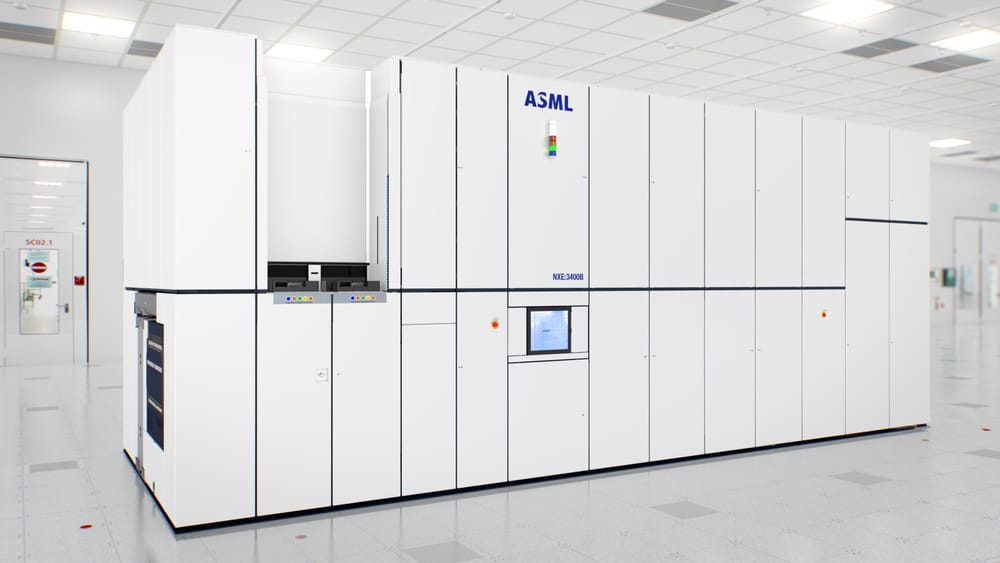Infosys’s Q3: AI Is Good for IT Consultants - Just Not the Way You Think
Infosys’s latest quarter offers a sober answer to the hype: AI is good for IT consultants—but the payoff shows up first in bookings, delivery speed and margins, not a top-line sprint.

Infosys’s September-quarter results offer a clear—if nuanced—answer to a hot investor question: Is generative AI actually good for IT consultants? Judging by the deal pipeline, hiring stance and steady margins, the answer is yes. The catch is that the benefits are showing up first in win rates and delivery economics, not as an immediate top-line surge.
Start with the scorecard. For the quarter ended Sept. 30, Infosys lifted the lower end of full-year revenue guidance to 2%–3% in constant currency and kept margin guidance at 20%–22%. Operating margin printed 21%. Large-deal bookings were $3.1 billion, 67% of which were net-new. The company also announced a mega deal worth $1.6 billion with the U.K.’s National Health Service after the quarter. Management added that constant-currency growth was 2.9% year on year and 2.2% sequentially—solid but hardly a boom—underscoring why the guidance band was tightened rather than boldly raised.
The more interesting evidence lies in how clients are buying. Infosys says the large-deal pipeline is anchored in consolidation and cost optimization plays, where automation and AI are central. The company is also seeing enterprise-wide AI programs aimed at specific functions—software development, customer service, credit risk—that promise tangible productivity gains. Those gains, executives argue, are most visible in modernization work: AI tools shorten timelines and improve ROI, making previously deferred programs bankable.
That logic is turning up in delivery metrics. Infosys added about 8,000 net employees in the quarter and has already hired over 12,000 freshers in the first half, a sign the company expects sustained execution demand rather than a one-off spike. Margins are holding up as well: the firm cited sequential margin expansion of 20 basis points, with its “Project Maximus” efficiency tracks—pricing, lean, and automation—contributing roughly 30 bps. In other words, AI isn’t just a marketing line item; it’s already embedded in how work is delivered and priced.
Crucially, Infosys’s commentary also acknowledges the world outside the AI hype cycle. The macro remains mixed; retail is still a tougher vertical, and the back half of the fiscal year tends to be seasonally softer. That’s why management raised the lower bound of guidance but stopped short of a broader upgrade. The company also hasn’t begun breaking out AI revenue, a disclosure step peers are tentatively taking—another reminder that, for now, AI is as much a delivery engine and deal catalyst as it is a distinct sales line.
Look across the industry and the pattern holds. Accenture says it generated about $2.7 billion in generative/agentic AI revenue over fiscal 2025 and booked $5.9 billion of AI work—hard evidence that AI is becoming a discrete budget, not just a cost lever. TCS posted $10 billion in quarterly TCV and is openly positioning itself as “the world’s largest AI-led technology services company,” a statement that reveals how central AI is to services positioning even when reported revenue growth is measured. HCLTech says “advanced AI” quarterly revenue has crossed $100 million, a tidy marker of early commercialization.
If you’re looking for a clean “AI = faster revenue” equation, you’ll be disappointed. The near-term equation is subtler: AI funds itself via savings and consolidation, letting consultants rebundle modernization and managed services into larger, multi-year engagements. That shows up as robust bookings, stable-to-improving margins, and selective hiring—exactly the trifecta Infosys put up this quarter. The NHS deal underscores another point: public-sector and industry-specific transformations are where AI’s productivity story can scale beyond pilots.
What to watch next is disclosure and pricing. As vendors automate more delivery with AI, the question becomes whether clients will pay for outcomes rather than hours—and whether providers can retain a fair share of the productivity dividend. If firms such as Infosys begin to break out AI revenues or show mix-shift toward solutionized work with higher realized prices, the “AI is good for consultants” thesis graduates from inference to proof.
For now, the signal is strong enough. AI is already “good” for IT consultants in the ways that matter early in a technology cycle: it helps them win bigger deals, execute faster, and defend margins while customers test and scale. Infosys’s latest quarter fits that pattern—a steady top line with healthier internals and a pipeline increasingly written in the language of automation and AI. That may not be the fireworks investors imagined, but it’s the kind of compounding that services firms turn into durable growth.
Author

Investment manager, forged by many market cycles. Learned a lasting lesson: real wealth comes from owning businesses with enduring competitive advantages. At Qmoat.com I share my ideas.



